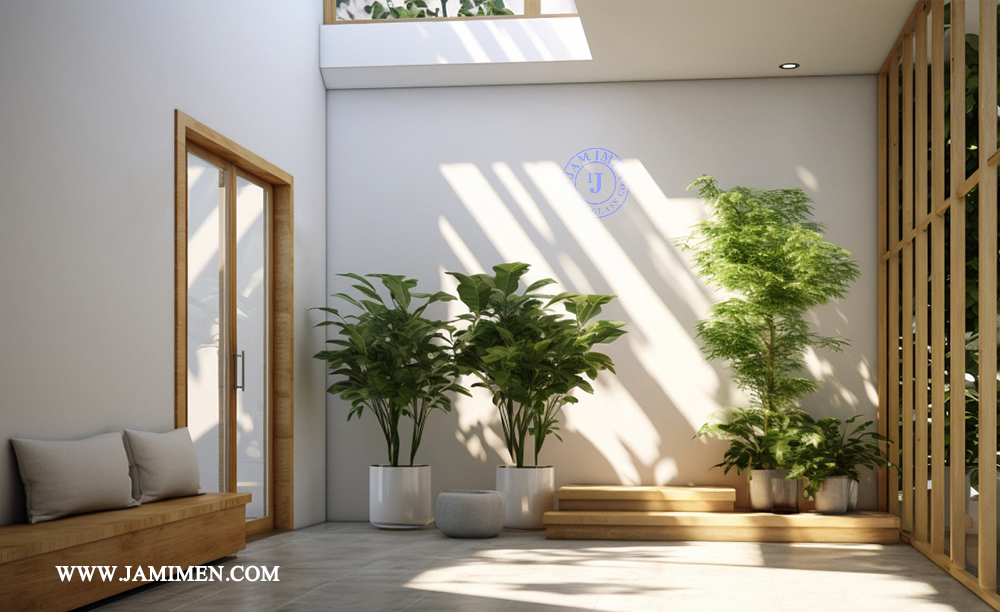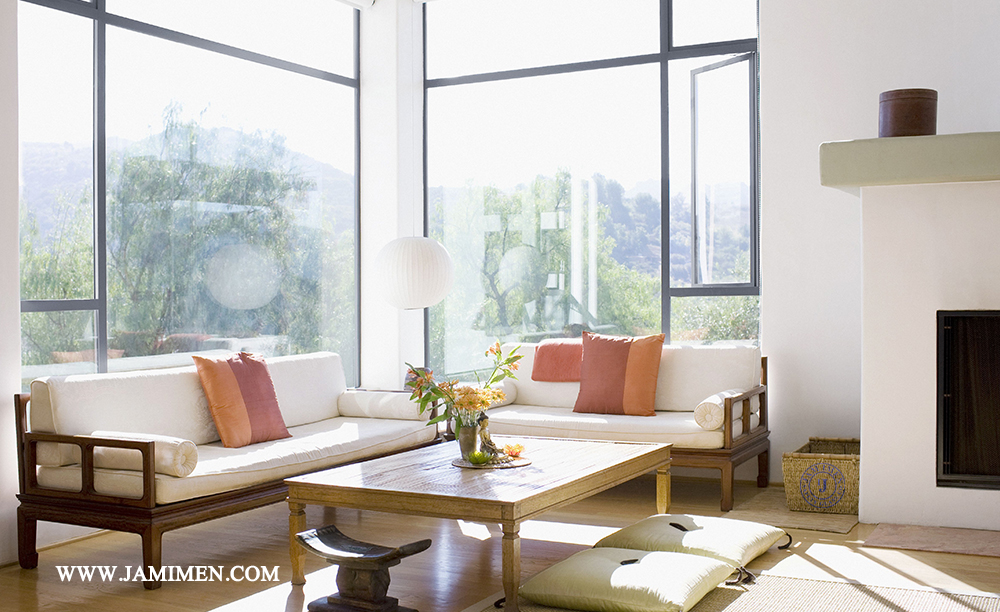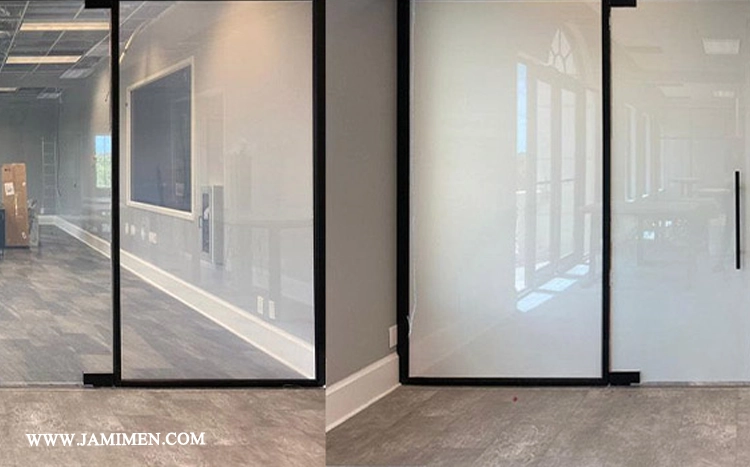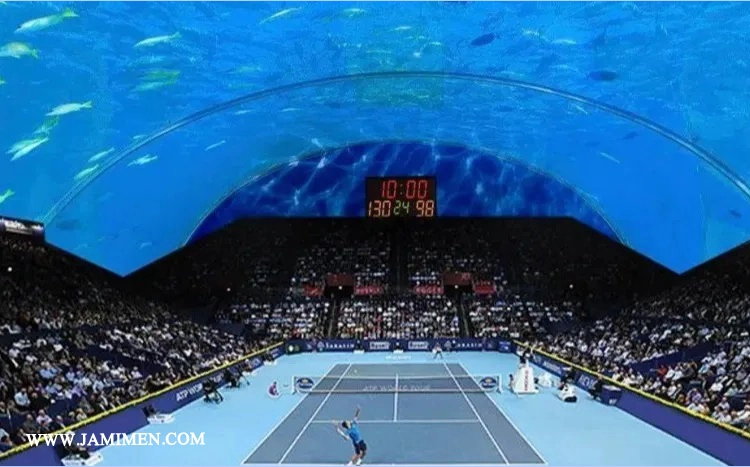The Impact of Sunlight Angle and Glass Selection on Building Energy Efficiency
The Impact of Sunlight Angle and Glass Selection on Building Energy Efficiency

In modern architecture, optimizing energy consumption is one of the primary objectives due to the global limitation of resources. Among the key factors influencing energy efficiency is the angle of sunlight. The angle of sunlight and the type of glass selected play a critical role in this process. Sunlight can be a natural source of light and heat for buildings, but if not managed properly, it can lead to increased energy costs. This article explores the role of sunlight angles, types of glass, and the integration of building design with glass selection.
Sunlight Angle and Its Impact on Building Design
Sunlight hits buildings at different angles throughout the day, affecting the amount of light, heat, and energy entering the building. Depending on the building’s location in warm or cold climates and the desired use of sunlight, specific strategies can be implemented.
Eastern Light
Eastern sunlight occurs in the early morning. It is generally soft and suitable for natural lighting, producing minimal heat. Designing eastern-facing windows with clear or double-glazed glass can take advantage of this light for work and living spaces without additional energy consumption for lighting.

Western Light
Western sunlight strikes in the afternoon and, due to its angle and intensity, generates significant heat. This heat can raise the interior temperature, increasing the demand for cooling systems. In such cases, reflective or Low-E glass, which can control and reflect heat, is recommended.

Southern and Northern Light
Southern sunlight is typically the most stable and uniform
throughout the day. Using double-glazed or Low-E glass can help manage heat and light.
Northern sunlight provides steady, indirect light without significant heat, making it ideal for spaces requiring even natural lighting.
The Role of Different Types of Glass in Energy Management
The type of glass used in a building directly affects energy consumption, performance, and occupant comfort. Below are some common types of glass and their applications:
Double-Glazed Glass
Double-glazed glass is one of the most commonly used options for energy optimization. It consists of two layers of glass with an air or argon gas layer in between. Combining smart designs with special glass types like reflective, Low-E, or Sunergy glass can achieve remarkable results in energy control.
Benefits include:
• Reduced heat transfer
• Sound insulation
• Suitability for all sunlight angles

Reflective Glass
Reflective glass reduces incoming heat by reflecting sunlight and is ideal for western-facing windows and tropical regions. It also helps maintain privacy.
Low-E Glass
Low-E (low emissivity) glass has a coating that reduces heat transfer while retaining internal energy. It is highly effective in reducing cooling and heating costs in areas with intense sunlight.
Clear Glass
Clear glass fully transmits natural light into the building but is not optimized for heat control. It is suitable for designs prioritizing natural light.
Triple-Glazed Glass
In extremely cold regions, triple-glazed glass provides an additional insulating layer, offering superior energy performance.
Integrating Building Design with Glass Selection Choosing
the right glass should be based on sunlight angles and the design goals of the building. Practical recommendations include:
Eastern Light:
Using clear or double-glazed glass can optimize morning sunlight for interior spaces.
Western Light:
Installing reflective or Low-E glass in western-facing windows can control excessive heat and reduce cooling costs.
Southern Light:
Double-glazed or Low-E glass can maximize stable light and minimize direct sunlight.
Northern Light:
Clear or double-glazed glass is suitable for utilizing uniform natural light.
Economic and Environmental Benefits of Smart Glass Selection
Reduced Energy Costs:
Modern glass options reduce the need for heating and cooling systems, minimizing energy expenses.
Environmental Conservation:
Lower energy consumption reduces greenhouse gas emissions, crucial for sustainable and eco-friendly construction.
Increased Building Value:
Energy-efficient buildings are more attractive and hold higher market value.
Occupant Comfort:
Proper glass usage ensures a balanced indoor temperature across seasons, creating a comfortable living and working environment.
Challenges and Solutions
High Initial Costs:
High-quality glass may have a higher upfront cost, but energy savings over time offset this investment.
Incorrect Glass Selection:
Glass that does not align with sunlight angles or climatic conditions may underperform. Consulting experts can prevent this issue.
Conclusion
Sunlight angles and appropriate glass selection play vital roles in reducing building energy consumption. Smart design that considers these factors can lower costs, protect the environment, and enhance occupant comfort. Collaboration between architects, building designers, and glass manufacturers is key to achieving sustainable and efficient buildings.











